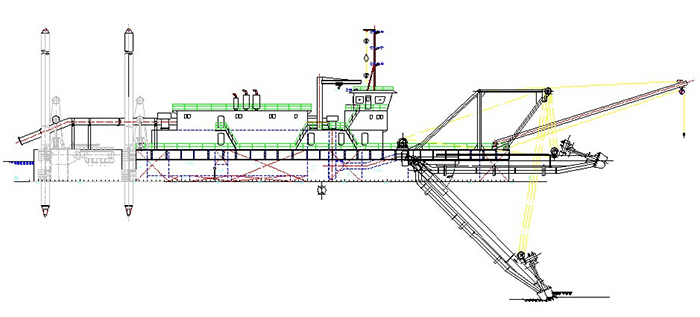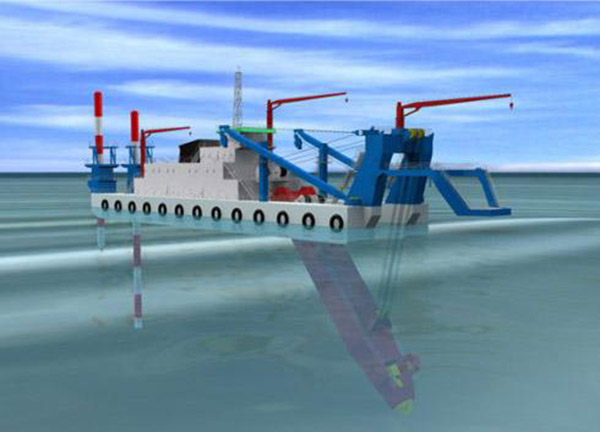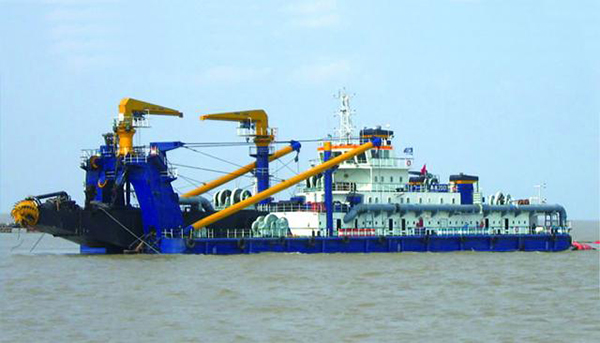Preparations for cutter suction dredger dredging test
Preparations for cutter suction dredger dredging test
After the cutter suction vessel arrives at the dredging test area, the following preparations for the dredging test should be confirmed. At least the dredging pump should be started to blow out clean water and the following dredging equipment should be tested for operation. The dredging test can only be carried out after satisfaction.
1. Check whether the dredging auxiliary equipment, including winches, fairleads, pulleys, travelling systems, jet water systems, and water sealing systems are in good condition.
2. Check the cutter system, including whether the installed cutter is consistent with the excavated soil, whether the grease in each lubricating part of the cutter shaft system is in place, whether the flushing system of the cutter shaft system is operating normally, the cutter motor, gearbox, clutch and compartment Check whether the sealing system is in good condition and perform a no-load test on the reamer.
3. Check whether the ladder system, including the ladder hoisting winch, wire rope, pulley block, trunnion, and navigation locking are in good condition, and conduct a lifting and lowering test of the ladder.
4. Check whether the dredging pump system, including the dredging pump driving device, gear box, clutch, and compartment sealing device are in good condition, and perform a water clearing action test on the mud pump.
5. Check whether the bargeing system, including the transfer winch, pulleys, underwater pumps, the gate valves of the bargeing pipe system, and the barge mooring system are in good condition, and perform a clear water action test.
6. Check whether the main and auxiliary steel spud positioning system, including the main and auxiliary spud starting and lowering tests, and the walking test of the steel spud trolley, are in good condition. Check the positioning effect of the main and auxiliary spud and the coordination of the two spuds.
7. Check whether there are leaks in the pipelines and whether there are dead bends or people standing on the water pipelines.
8. Understand hydrological information such as soil quality, water flow, weather, tides, etc. in the construction area




 Tel:+86-23-67956606
Tel:+86-23-67956606 Email:
Email:
